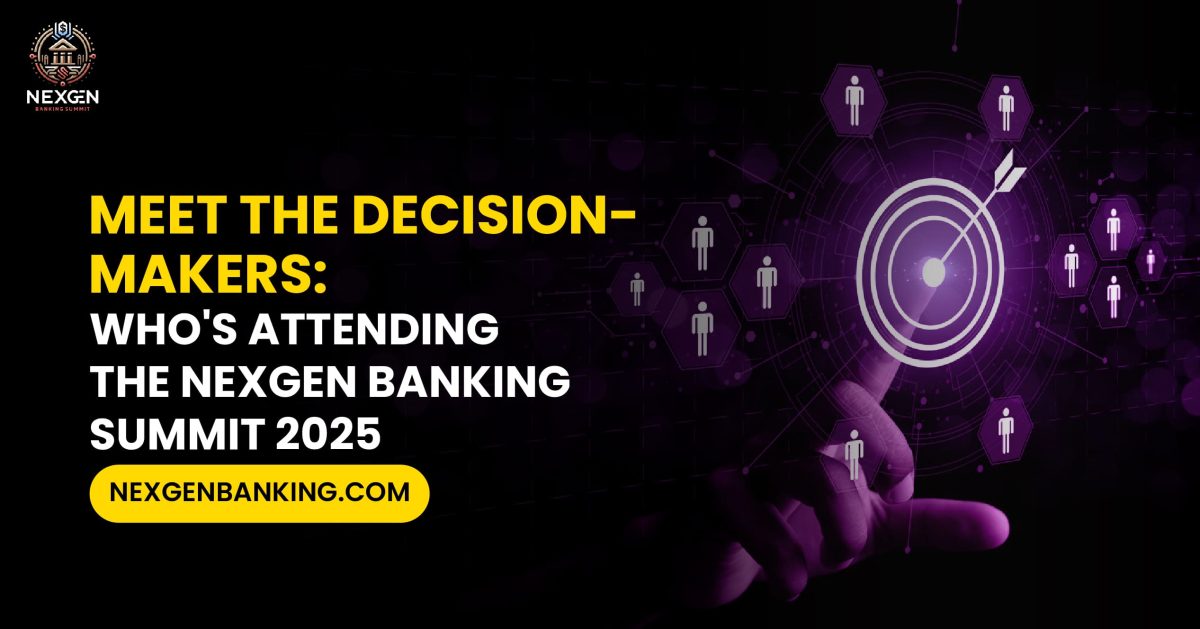
Securing the Future: The Role of Cybersecurity in a GenAI-Powered Banking World
In 2025, banks are moving at the speed of GenAI — but so are the threats.
From intelligent chat interfaces to real-time decision-making, financial institutions are embedding GenAI across the value chain. But with every intelligent system comes a new vulnerability. The convergence of GenAI and digital banking has opened fresh attack surfaces that traditional security models can’t cover.
In today’s landscape, cybersecurity is no longer a back-office function — it’s the backbone of trust, compliance, and operational resilience.
GenAI Has Changed the Threat Surface
Legacy security models were built for static, siloed systems — firewalls, scheduled patches, and perimeter monitoring.
But GenAI introduces:
- Real-time, adaptive systems that generate outputs dynamically
- Access to sensitive customer data for personalisation
- Embedded interfaces in apps, chatbots, and digital agents
These systems face new threats:
- Prompt injection attacks that manipulate model responses
- Synthetic identity fraud created by AI-generated personas
- Model inversion, where attackers reconstruct training data
- Adversarial inputs that corrupt scoring models or decision trees
In short: the smarter your AI, the smarter the attacks you face.
How Banks Are Securing GenAI End-to-End
Leading banks are no longer separating AI development from cybersecurity. Instead, they’re integrating protection into the AI lifecycle itself:
- Input validation & anomaly detection to prevent manipulation
- AI-specific threat modelling for proactive security
- Encrypted model access with full audit trails
- AI literacy training for cyber teams, enabling red/blue teaming for GenAI vulnerabilities
Vendors such as Darktrace, HiddenLayer, and Vade Secure are gaining attention for their next-generation security platforms, which are tailored to AI-driven ecosystems.
Rethinking Zero Trust for a GenAI Era
The classic “never trust, always verify” model is evolving beyond user authentication.
Banks are now applying Zero Trust principles across the entire AI stack:
- Model Access: Controlled, role-based interaction with GenAI tools
- Training Data Governance: Ensuring clean, compliant, and ethically sourced inputs
- Output Oversight: Screening for hallucinations, bias, or regulatory red flags
This holistic approach ensures that AI-generated decisions are secure, auditable, and reliable — even in high-risk, customer-facing environments.
Why Cybersecurity Is a Boardroom Priority in 2025
As GenAI platforms reshape banking operations and CX, every touchpoint becomes a potential vulnerability. Cybersecurity is now about protecting the reasoning, data, and outcomes behind AI-powered decisions, not just keeping hackers out.
For CIOs and CISOs, the mission is clear:
- Real-time threat response
- Protection at the model, data, and interface layers
- Resilient trust frameworks for GenAI adoption
Final Thought: AI Without Security Is a Ticking Time Bomb
Innovation moves fast. If cybersecurity doesn’t keep pace, banks risk building fragile systems on intelligent foundations.
The digital leaders of 2025 won’t just be the smartest; they’ll also be the safest.
Sponsor Opportunity
If your company develops:
- AI-native cybersecurity platforms
- GenAI input/output monitoring tools
- Threat detection engines for digital banking
- Zero Trust solutions for financial environments
Let’s talk about showcasing your solution at the NexGen Banking Summit 2025.
Join Us
London | October 15–16, 2025
New York | November 18, 2025
Explore how GenAI, security, and banking innovation converge to shape the trusted bank of the future.


















